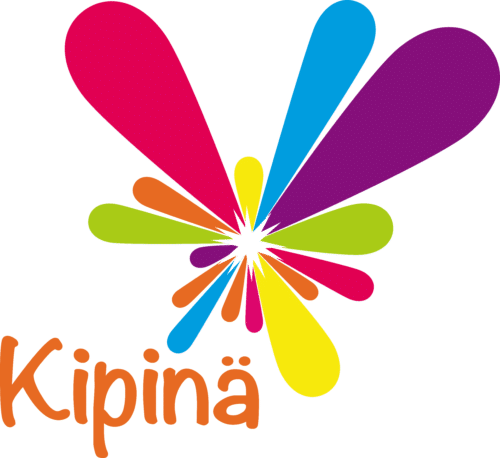In early childhood education, it’s important to encourage positive behaviours and discourage negative ones. One effective way to do this is through the use of positive reinforcement.
Positive reinforcement involves rewarding desired behaviours with something that the child finds desirable. This can be anything from verbal praise to doing a special activity. The goal is to reinforce the desired behaviour and make it more likely that the child will repeat it in the future. At Kipinä we discourage the use of extrinsic motivators like stickers, toys, or desserts as rewards.
Here are a few strategies for using positive reinforcement in early childhood education:
- Be specific and consistent. When reinforcing a behaviour, be specific about what the child did that was positive. For example, instead of saying “good job,” try saying “I like how you shared your toys with your friend.” And be consistent with your reinforcement, so the child knows what behaviours are being rewarded.
- Use a variety of reinforcement. Different children respond to different types of reinforcement, so it’s important to use a variety. This can include tangible rewards, such as a high five, verbal praise, extra attention, or special activities.
- Make reinforcement immediate. The closer in time the reinforcement is to the desired behaviour, the more effective it will be. So try to reinforce the behavior as soon as possible after it occurs.
- Use reinforcement in combination with other strategies. Positive reinforcement is most effective when combined with other strategies, such as setting clear expectations and providing consistent consequences for negative behaviours.
- Be positive and enthusiastic. When reinforcing a behaviour, make sure to use a positive and enthusiastic tone of voice. This will help the child feel good about their behavior and encourage them to repeat it in the future.
In conclusion, positive reinforcement is a powerful tool for encouraging positive behaviors in early childhood education. By being specific, consistent, and positive, educators can help children learn and grow in a positive and supportive environment.
